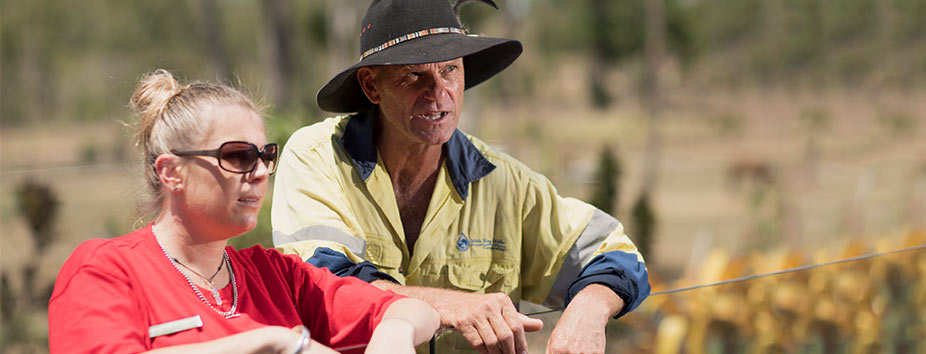Westpac Group’s sustainability performance delivers strong progress against strategy

8 November 2017

8 November 2017
Westpac Group today released its 2017 Sustainability Performance Report as part of its broader annual reporting suite.
The Report provides insights into Westpac Group’s sustainability performance across a series of social, environmental and economic performance indicators over the 2017 financial year, as well as an analysis of the current and emerging issues that matter most to our stakeholders.
Brian Hartzer, Westpac Group CEO said 2017 was a big year in progressing the Group’s sustainability agenda, as we worked with our many stakeholders on issues that matter, including climate change, accessibility, financial inclusion, human rights and reconciliation.
“Fifteen years ago, Westpac set out its first sustainability strategy outlining the Group’s position on the responsibility of business, with a vision that every generation should live better than the last.
“As we reflect on our performance against the actions set out in our 2013-17 Sustainability Strategy, we have made strong progress,” he said.
In 2017, Westpac Group achieved milestone targets such as 50% women in leadership roles1, $7 billion in lending and investment in Cleantech and environmental services, and initiatives to ensure that the workforce is representative of the broader community in which the Group operates.
The Group continues to look for ways to improve its sustainability risk disclosures. Westpac was the first Australian bank to undertake climate scenario analysis in 2016, and this year the Group’s reporting includes a climate change index – in line with the final recommendations of the Task Force on Climate-related Financial Disclosures (TCFD). The Group has also included a human rights index in its report, referencing the UN Guiding Principles on Business and Human Rights.
Alongside the many achievements which are detailed in the Sustainability Performance Report, there are areas where Westpac will continue to challenge itself through the next phase of its sustainability strategy. This includes lending to social and affordable housing solutions. Although this lending totalled $1.32 billion in FY17, it fell short of the $2 billion target that the Group set for itself, largely due to the challenge of finding scalable solutions.
“This year Westpac became the first Australian company and bank to reach 200 years in business. Our history has taught us the importance of adapting, relationships, and people – and it’s these same principles that will underpin our third century in business, and the next phase of Westpac’s Sustainability Strategy for 2018-2020,” Mr Hartzer said.
2017 Sustainability Strategy performance highlights
This year marks the conclusion of Westpac Group’s five-year 2013-17 Sustainability Strategy. The Group's 2017 Sustainability Performance Report details performance highlights against the Strategy’s three priority areas, including the following:
Embracing societal change
Environmental solutions
Better financial futures
Visit the 2017 Annual Reporting Suite.
1 Women in Leadership refers to the proportion of women (permanent and maximum term) in leadership roles across the Group. It includes the CEO, Group Executives, General Managers, senior leaders with significant influence on business outcomes (direct reports to General Managers and their direct reports), large (3+) team people leaders three levels below General Manager, and Bank and Assistant Bank Managers.